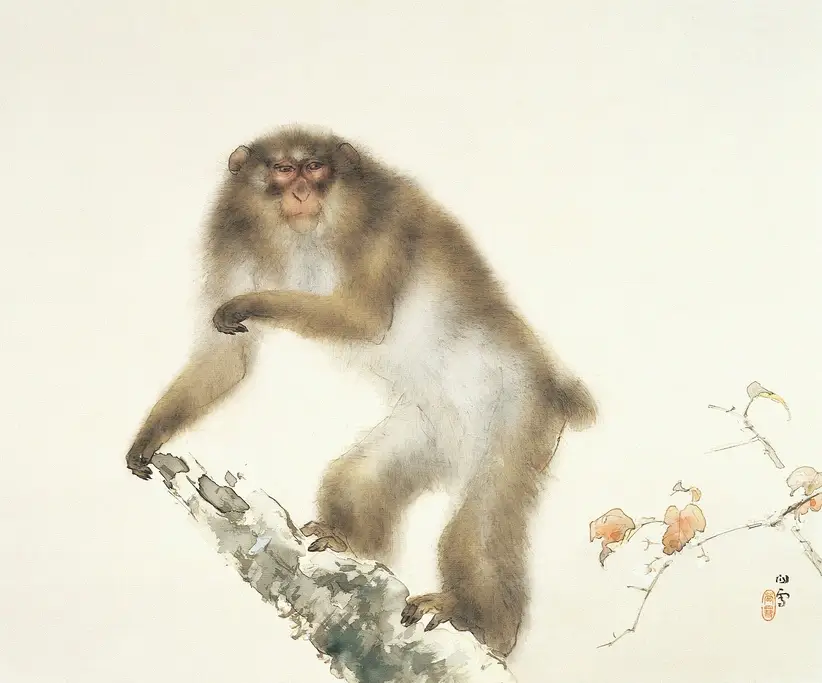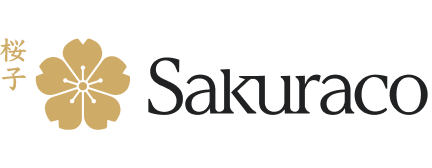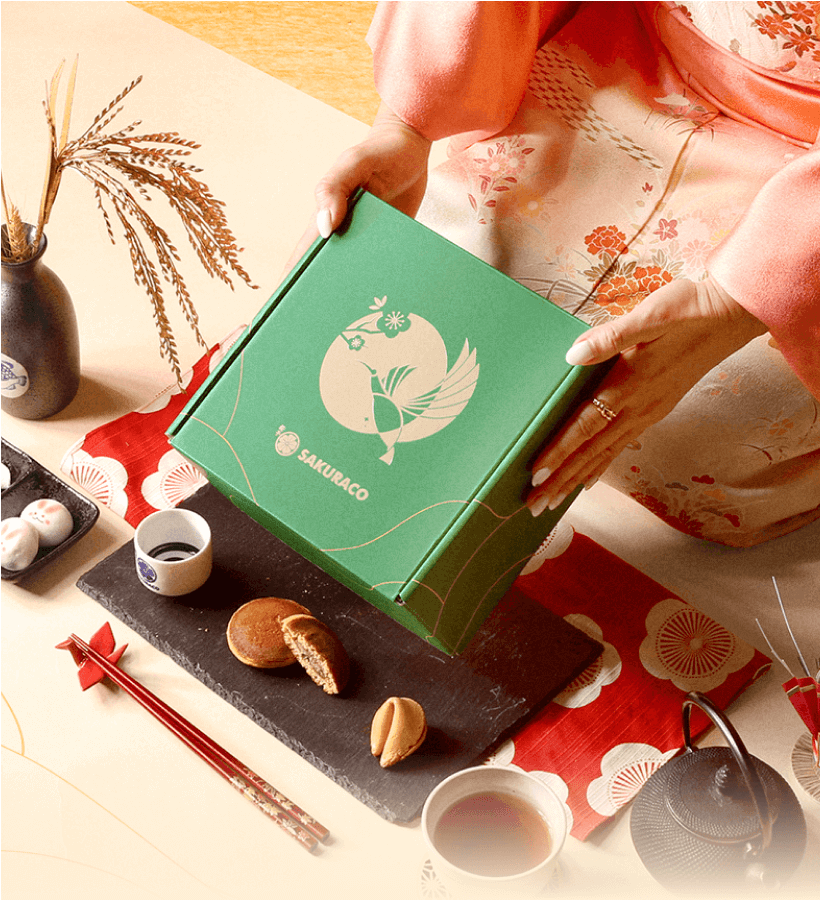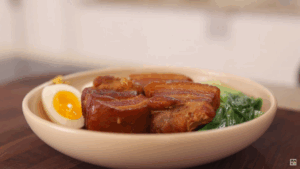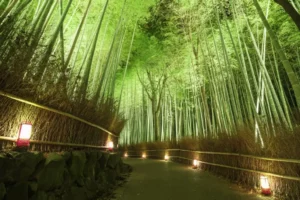The word “saru” means monkey in Japanese, and monkeys have long been a part of the country’s folktales and traditions. One of the best-known stories is “The Monkey and the Moon,” in which animals mistake the moon’s reflection for the real thing. The story is a quiet lesson about illusion and reality. It also connects to tsukimi, Japan’s moon-viewing festival, showing how even playful legends can become a part of culture.
Table of Contents
ToggleWhat is the “Monkey and the Moon” tale?
In the most popular version of the tale, a group of monkeys sees the full moon’s reflection in a pond and believes it has fallen from the sky. They rescue it by forming a chain, climbing a tree, and reaching down together. But just as they’re about to grab the reflection, the branch snaps, and they tumble into the water. The moment is silly and sad, showing us the danger of chasing what isn’t real.
Other versions of the tale focus on a single monkey who calls for help or include animals like foxes or rabbits. The story changes slightly depending on the region, but the core message stays the same. It reminds people that not everything that shines is within reach, and that acting without thinking can lead to trouble. Over time, this simple tale has become a favorite in picture books, scroll paintings, and oral storytelling.
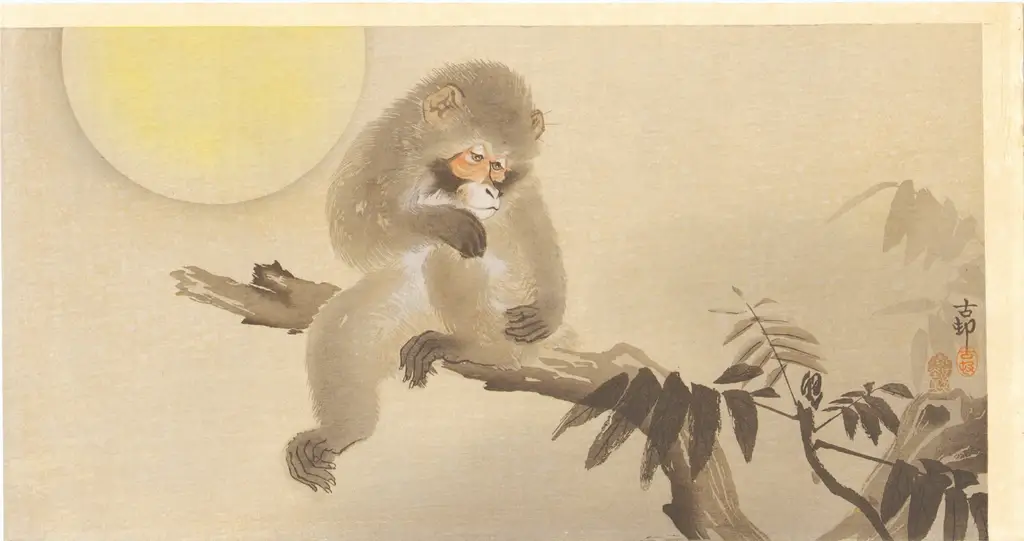
How does it connect to other moon tales in Japan?
This folktale often appears alongside the better-known legend of the moon rabbit. In that story, a rabbit, a fox, and a monkey offer food to a poor traveler. With nothing to give, the rabbit offers itself by jumping into a fire. The traveler is a deity in disguise who rewards the rabbit by placing it on the moon. While the rabbit becomes a symbol of selflessness, the monkey again plays the curious and less thoughtful role.
Both stories are linked through their focus on the moon and animals responding to it differently. One is about compassion, the other about confusion, but they give color and emotion to Japan’s moon-related traditions. The monkey may not be the hero, but it still teaches something important. During tsukimi, stories like these remind people of what they value most: kindness, awareness, and reflection.
Are you looking for great mid-autumn festival snacks while reading Japanese folktales? Check out Sakuraco! Sakuraco, which delivers traditional Japanese snacks, teas, and sweets from local Japanese makers directly to your door. Enjoy the latest treats directly from Japan!
How is the story depicted in art and culture?
Artists have long used the monkey and the moon motif in paintings, woodblock prints, and calligraphy. Today, the tale appears in children’s books, museum exhibits, and cultural workshops. Regional crafts use the monkey motif to teach local variations of the story, and even modern illustrations or comics draw on the story’s symbolism to explore desire and failure.
These images are visual reminders of human behavior. The tale has been used to reflect ideas about desire, foolishness, and spiritual growth. Monkeys have appeared this way in Japanese art and storytelling for centuries, often caught in the middle of a mistake or misunderstanding. That doesn’t make them villains; it just makes them relatable. At some point, we all reach for something shiny without thinking.
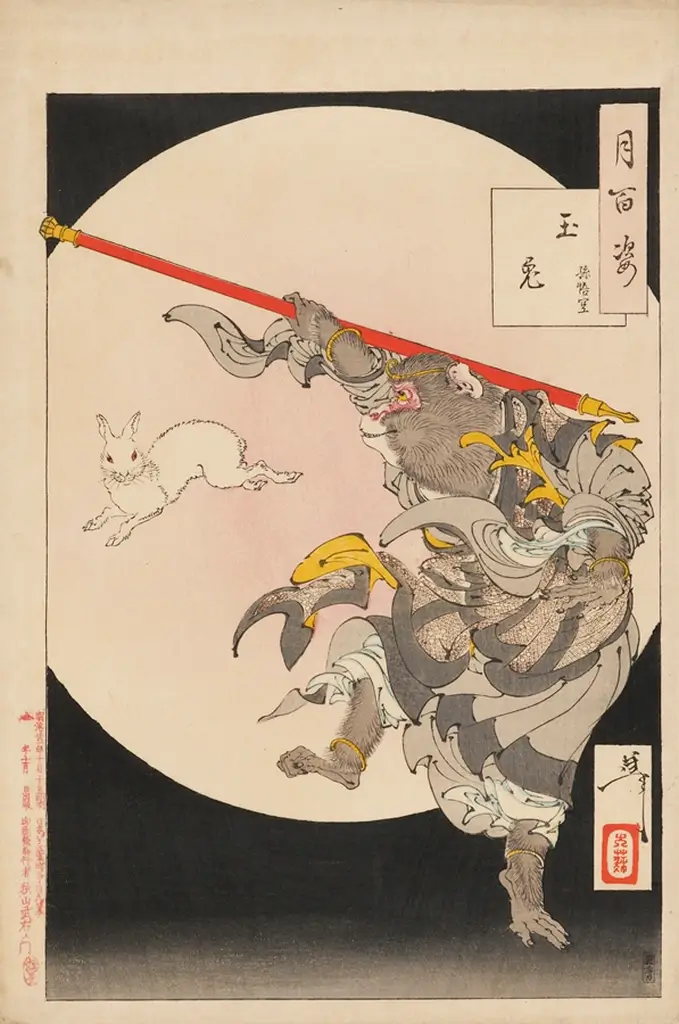
How is the story tied to the tsukimi festival?
Tsukimi is Japan’s mid-autumn moon festival, celebrated in September or October under the brightest full moon of the year. Decorations often include rabbits pounding mochi, silver grass, and sometimes even playful monkey figures. While the monkey’s story isn’t the festival’s focus, it still shares the spotlight in storytelling and seasonal art. Both tales, the rabbit’s and the monkey’s, offer different ways to think about the moon.
Where the rabbit’s tale honors selflessness, the monkey’s tale warns about acting too fast. One story inspires, the other cautions. That makes tsukimi so special: its beauty and the stories behind it. These folktales add meaning to the act of looking up at the sky. They remind people of the moon’s glow and the lessons passed down through generations.
Why is the monkey important in Japanese folklore?
These animal tales last because they reflect everyday emotions, like wanting, giving, and regretting. The story of the monkey and the moon speaks to anyone who has ever chased something and only realized it wasn’t real. It continues appearing in art, festivals, and children’s books. Even when the tale is told with humor, it still carries the weight of more profound truths. It encourages people to pause and consider what really matters.
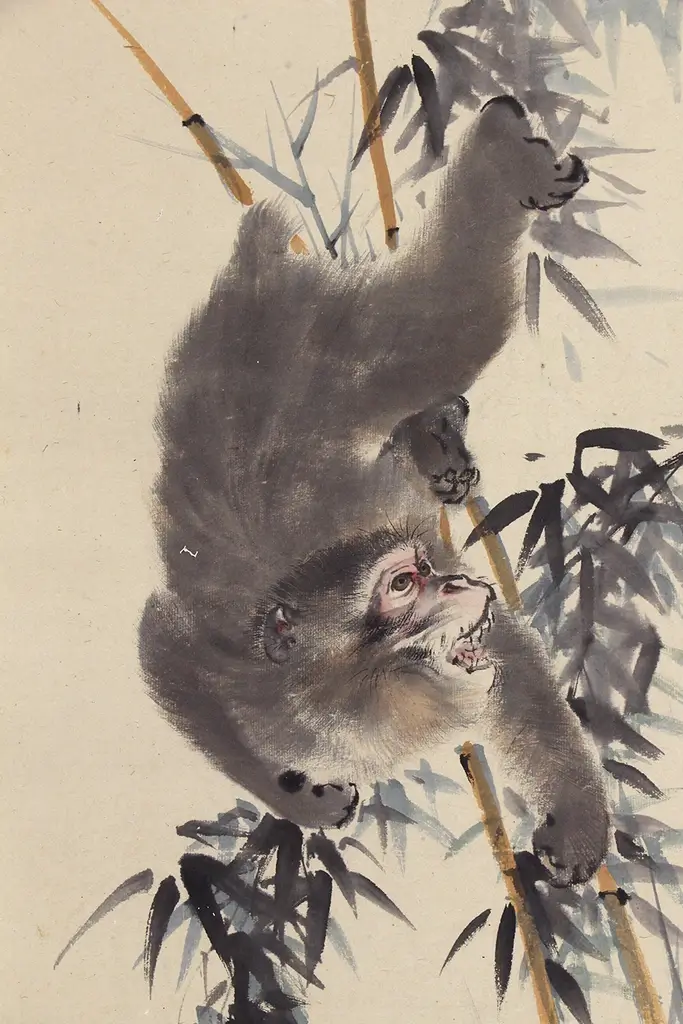
In Japanese culture, animals are often stand-ins for human emotions. Monkeys are seen as clever but flawed and quick to act, sometimes without thinking. This makes them perfect for stories that mix humor with gentle warnings. They help people reflect on their choices using folklore instead of lectures. That’s why the story of the monkey and the moon still feels relevant today. Have you ever heard of this folk story before? What version do you know? Tell us in the comments below!

